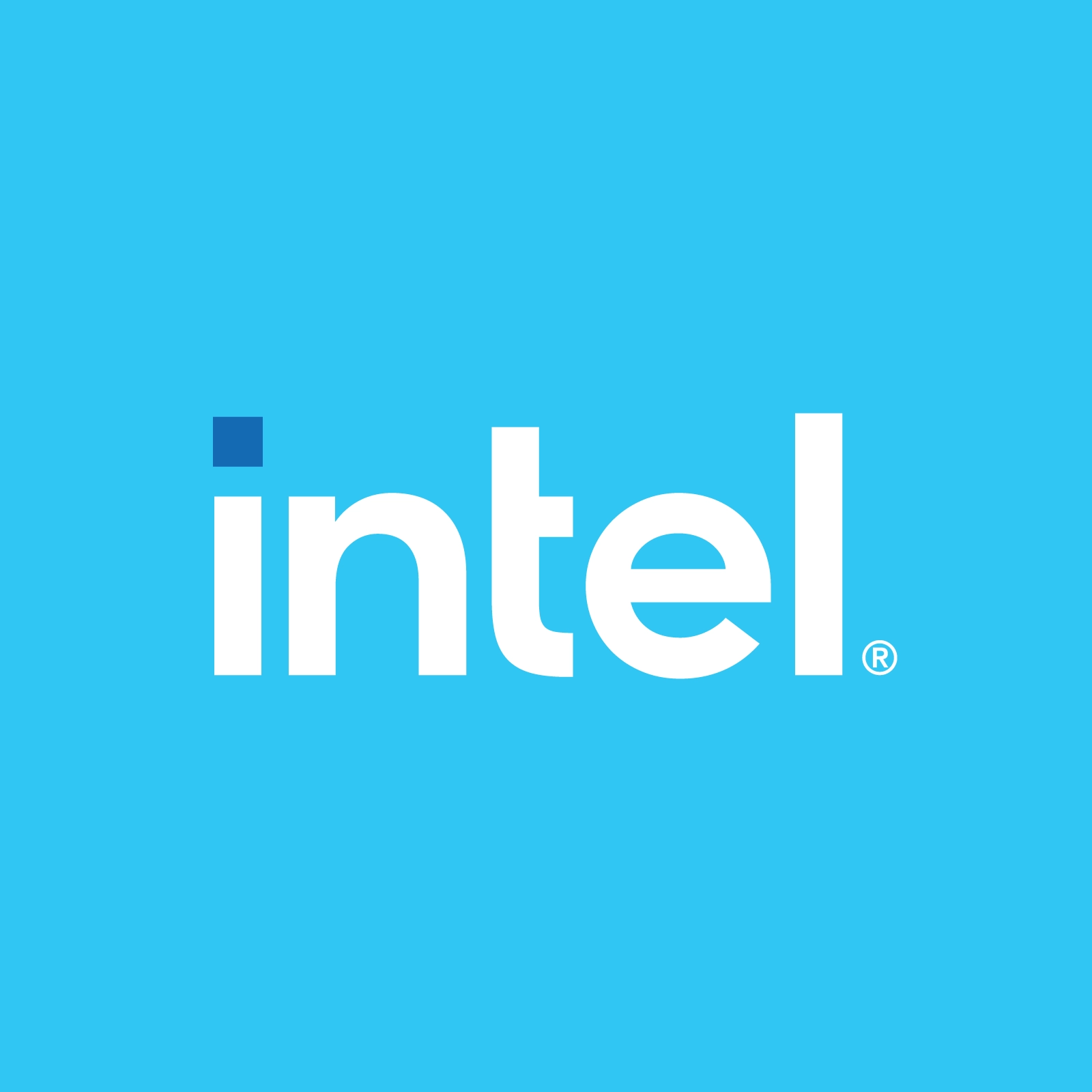Remote Manageability in The Banking Industry
The banking industry is facing challenges on two major fronts – the increased demand for self-service banking options that eliminate in-person transactions and the need for ATMs and self-service kiosks that can connect to and interact with remote mobile devices. Both challenges have accelerated the development of customized ATM interfaces – designed to increase engagement and build customer loyalty – and focused the attention of Intel and its partners on finding new and better ways to manage, repair, and make ATMs accessible and secure. According to Pandey and Sahoo, there are several issues with current approaches to remote device management that Intel has been working to address.
First, there is no centralized management tool. Administrators have been forced to use a wide range of content management tools (CMTs) to accomplish a variety of tasks. As a result, they spend most of their time managing the tools that manage the different devices. This is expensive, cumbersome, and leads to compatibility issues.
Second, there is no way to provide dynamic support – no way to troubleshoot issues remotely on the fly in real time and no way to remotely schedule when devices power on and off.
Third, the capabilities of the device management systems at the bios (basic input output system) level limit what can be done remotely, making it almost impossible to meet the strict compliance standards banks operate under.
The solutions to these challenges and limitations lie with two Intel technologies developed specifically to address the performance, security, manageability, and stability issues and with Intel’s ongoing collaborations with partners like 42Gears.
- The Intel VPro Platform: A business-class platform built to enhance performance, security, manageability, and stability.
- Intel AMT: Allows administrators to control Intel VPro devices from anywhere.
“Intel’s AMT offers remote management above and beyond what most solutions can offer,” says Sahoo. “It allows VPro devices to be accessed below the operating system – what we call, ‘Out of Band Management,’ which means you don’t have to depend on the operating system to provide access to devices.”
Moving forward, Pandey and a Sahoo are confident that Intel’s collaborations with ecosystem partners will solve any problems encountered as remote banking management continues to grow and evolve, allowing ATMs and self-service kiosks to become much more than cash dispensers. “It’s collaborations between Intel and companies like 42Gears that will help solve the major issues plaguing the end point management industry and provide great opportunities for a lot of our banking customers,” says Pandey.
To learn more, connect with Santosh Kumar Pandey and Swapnil Sahoo on LinkedIn.
Subscribe to this channel on Apple Podcasts, Spotify, or Google Podcasts to hear more from the Intel Internet of Things Group.




